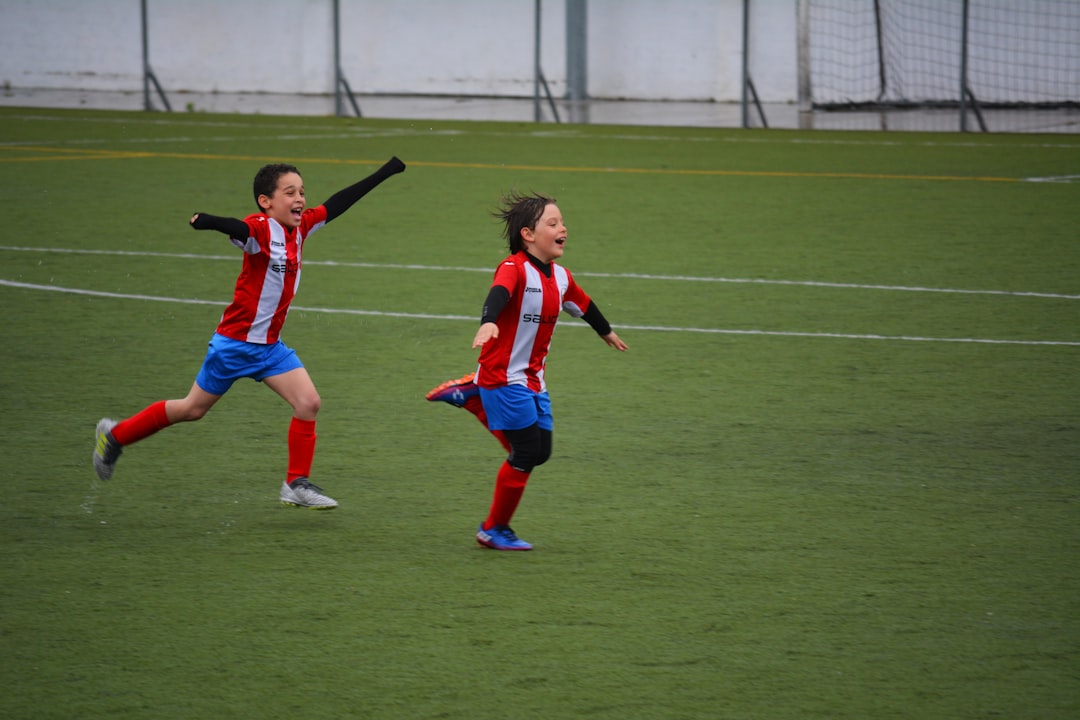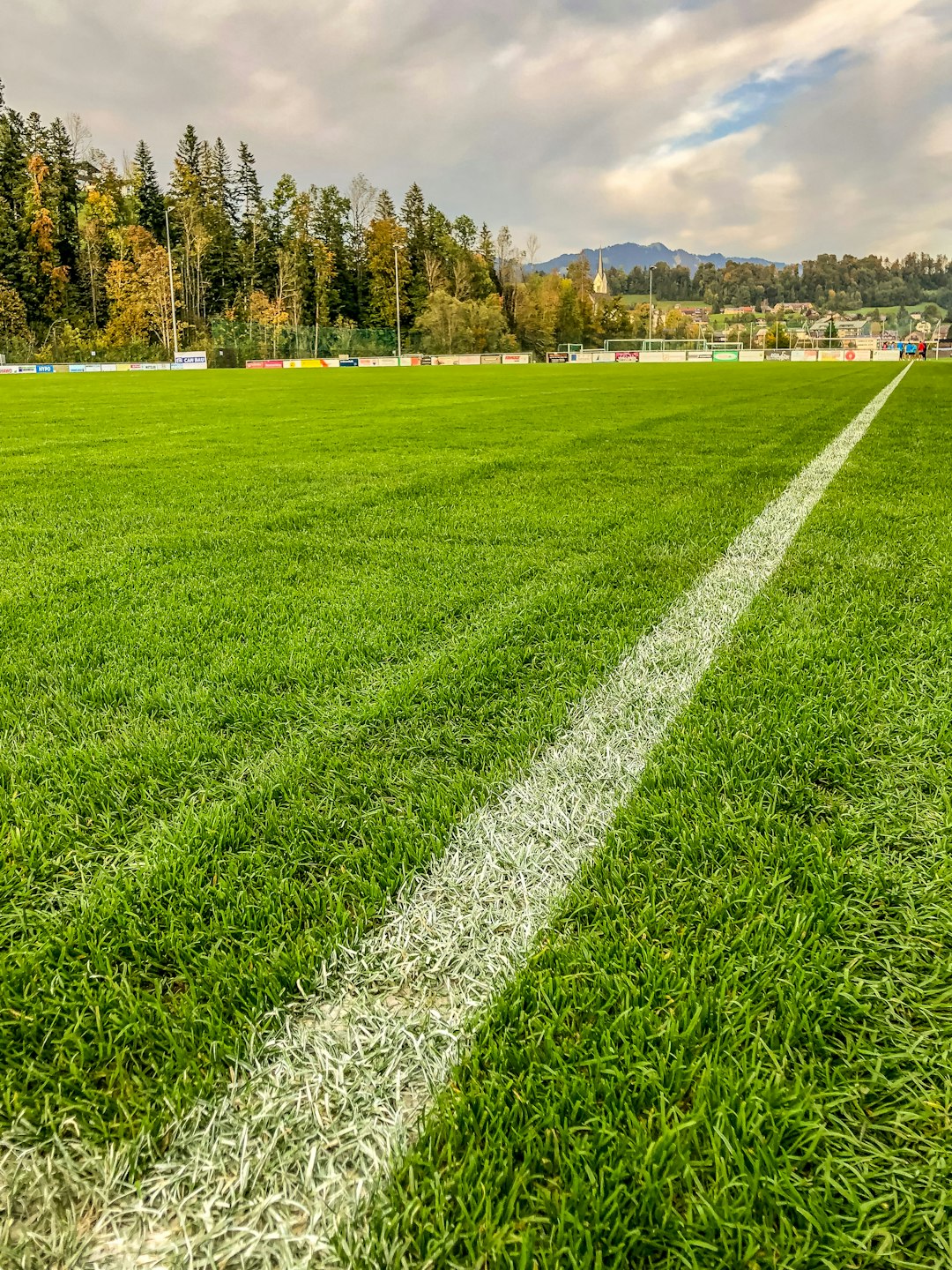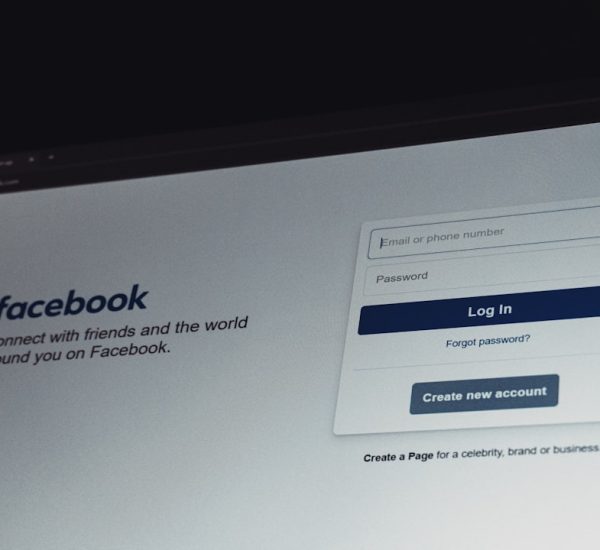When watching a football game, have you ever wondered what kind of grass is used on the field? The surface of a football field plays a key role in player performance, safety, and the overall quality of the game. Fields can be covered with either natural grass or artificial turf, both of which have their own advantages and challenges.
Natural Grass vs. Artificial Turf
Football fields can be made of either natural grass or artificial turf. Each type has been developed to enhance durability and the playing experience for athletes.
Natural Grass
Natural grass fields provide a soft, authentic playing surface that helps reduce injuries. The most commonly used types of grass on football fields include:
- Bermudagrass – A warm-season grass that thrives in sunny climates, offering excellent durability and fast recovery.
- Kentucky Bluegrass – A cool-season grass often found in northern regions. It has dense growth and can withstand moderate wear and tear.
- Perennial Ryegrass – Popular for overseeding fields during cold months, providing quick germination and a lush playing surface.
Maintaining a natural grass field requires regular watering, mowing, fertilization, and reseeding to keep it in peak condition.

Artificial Turf
Many football stadiums, especially those in regions with extreme weather, rely on artificial turf instead of natural grass. Artificial turf is an engineered surface made from synthetic fibers designed to mimic the appearance and feel of grass. The key advantages of artificial turf include:
- Lower maintenance costs compared to natural grass.
- High durability and ability to withstand heavy use.
- Consistent playing surface regardless of weather conditions.
However, artificial turf can be more abrasive, leading to increased player injuries such as turf burns and joint strain.
Hybrid Fields: The Best of Both Worlds
In some modern football stadiums, a hybrid grass system is used, which combines natural grass with synthetic fibers for improved durability. These fields integrate artificial elements into natural grass to strengthen the playing surface and make it more resilient against wear and tear. Many professional teams prefer hybrid grass since it maintains the natural feel while extending the lifespan of the field.
How Maintenance Affects Gameplay
Field maintenance plays a crucial role in ensuring a high-quality surface for football games. Groundskeepers must follow strict schedules for irrigation, aeration, and pest control. Poorly maintained fields can lead to uneven surfaces, increasing the risk of injuries for players.

Choosing the Right Grass for Different Climates
The type of grass used on a football field depends largely on the climate. Warm-season grasses like Bermudagrass thrive in southern regions, while cool-season grasses such as Kentucky Bluegrass are better suited for northern states. Hybrid turf offers better adaptability in varying conditions, making it a popular option worldwide.
Conclusion
Whether natural, artificial, or hybrid, the playing surface of a football field impacts every aspect of the game. Maintaining the right type of grass ensures player safety, enhances performance, and contributes to the overall experience for both athletes and fans. As technology and turf innovations continue, we can expect even better surfaces for future football games.



